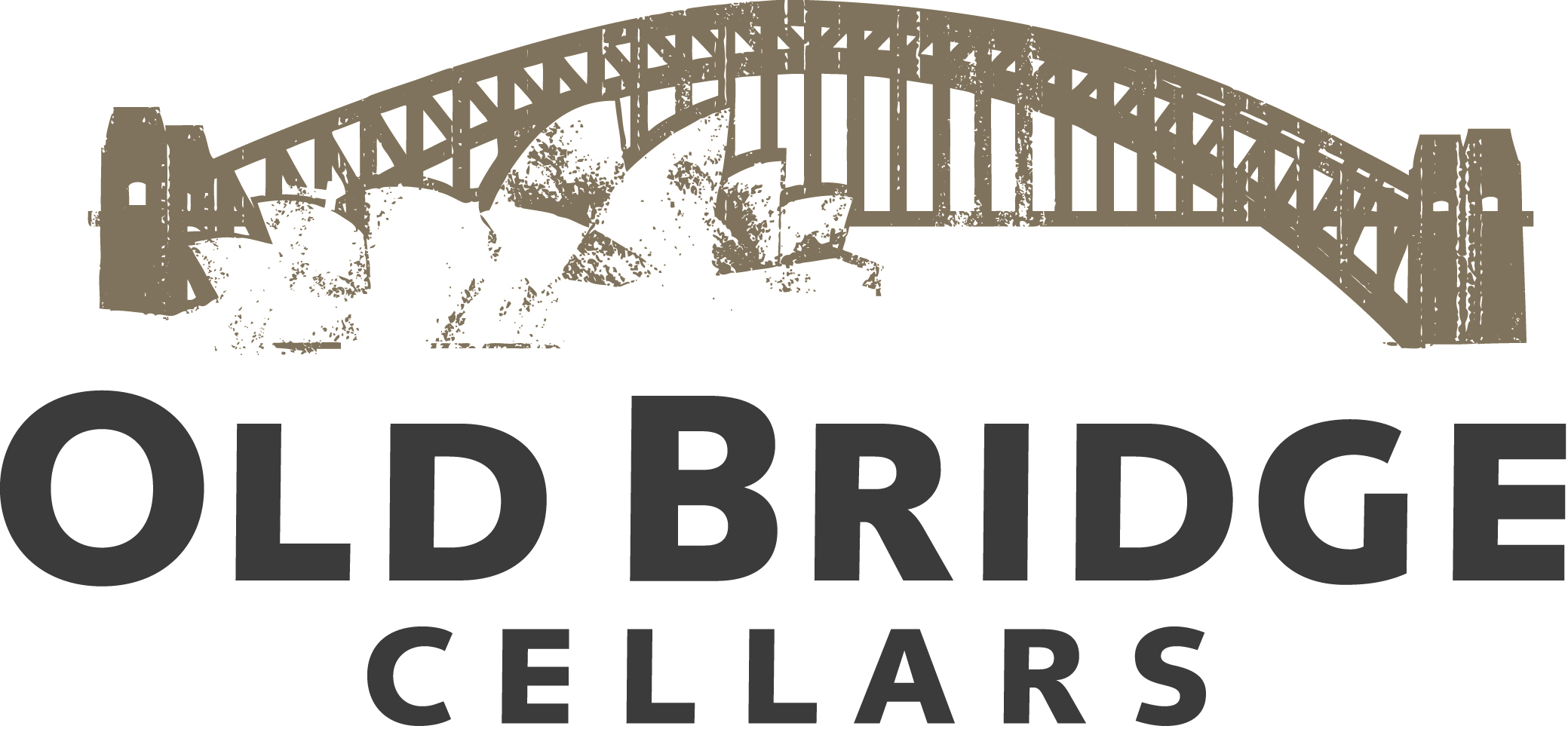Still Looking to Improve after 30 Years
Wines & Vines
May 17th, 2016
by Andrew Adams
The upcoming harvest will be the 30th for Oregon vintner Joe Dobbes, who founded Dobbes Family Estate and the custom crush operation Wine by Joe in 2002. The Oregon native began his career by landing an internship at the German winery Weingut Tesch, during a post college tour of Europe.
The gig in Germany enabled him to secure the cellar master job at Elk Cove Vineyards in Gaston, Ore., where he worked for two years before heading back to Europe to spend a harvest at Domaine G. Roumier and Domaine des Comtes Lafon in Burgundy. Dobbes then worked as winemaker for several Oregon wineries including Eola Hills and Willamette Valley Vineyards, before he launched his own company.
He entered the industry right as Oregon’s reputation for top-notch Pinot Noir began getting established, and Dobbes is credited with making some of the wines that cemented that reputation. He also expanded his grape sourcing to southern Oregon and helped that half of the state get credited for producing some excellent Rhône grapes. After founding his winery, Dobbes would later add the Wine by Joe and Jovino brands that have proved to be succesful value priced wines.
This week at Wines & Vines we’ve been putting the final touches on our June edition. Every month we include a short feature asking winemakers or growers a question tied to the issue’s central theme and this month it was about crush pad equipment.
Because of his three decades of winemaking experience, I thought it would be interesting to get Dobbes’ thoughts on innovative processing equipment. He said overall, the elaborate sorting lines that are now standard at premium wineries is the most important innovation, but he’s still scouting for new machines to reduce the number of workers needed to sort and process grapes. “I’ve always been looking for new fangled machinery that will decrease our labor and increase our throughput.”
This coming harvest, Dobbes said he’s going to be demoing a new destemer/sorter that is produced by the Italian company CMA and imported to the U.S. by Prospero called The Dream. The machine uses swinging destemmer cages that use centrifugal force to separate the berries from the stems. “You get the MOG out, and the rest is all via gravity,” he said. “We’re hoping that will increase our ability to sort high-end fruit.”
That machine will be used for premium grapes that get processed at a rate of about 4 tons per hour. He said he has considered an optical sorting machine, and said they are impressive, but believes they are a better fit for Bordeaux varieties rather than thin-skinned Pinot Noir.
Grapes for the higher volume and lower cost wines get processed at a rate of 35 tons per hour. That rate is getting doubled this harvest with the addition of another sorting and receiving line. According to our winery database, the company’s total production is around 175,000 cases.
In 2011, Dobbes made a deal with San Francisco-based Bacchus Capital Management for a capital investment to to fund that expansion. As the Oregon wine industry continues to grow, Dobbes said automated systems with a high throughput capacity will become even more crucial to keeping costs low and wine prices affordable.
He said he’s looked in to a gondola system because machine harvesting is becoming much more prevalent in Oregon. While Dobbes owns more than 200 acres of vineyards, he has not invested in a machine but works with several growers who have. He said the pull-behind Gregoire harvesters appear to be pretty popular in Oregon. He also isn’t concerned by losing some of the grape’s character or terroir with too meticulous sorting. The best opportunity for sorting remains in the vineyard. “Anything green shouldn’t be ending up in the bin.”

